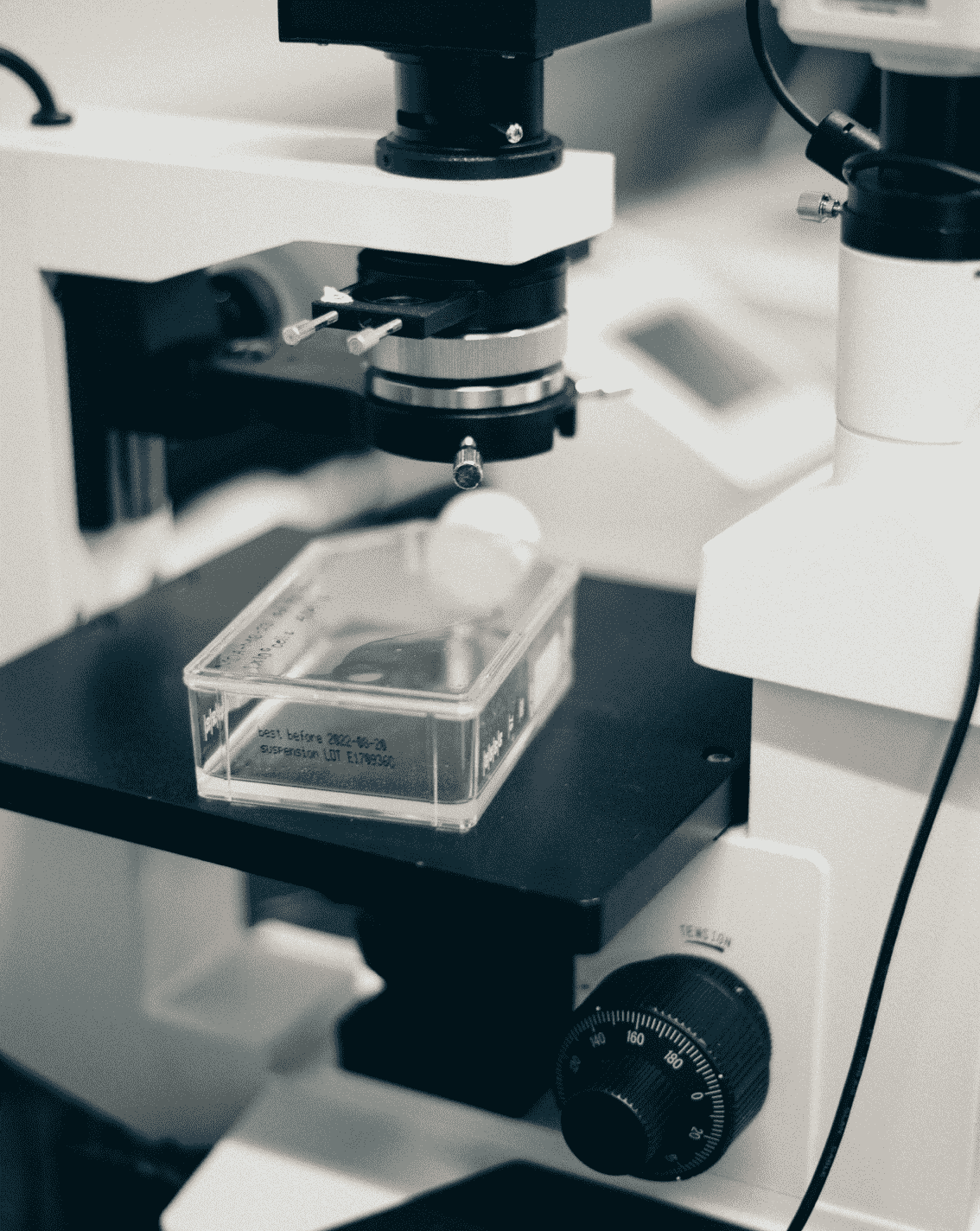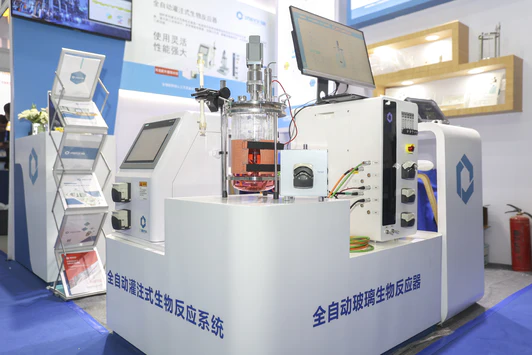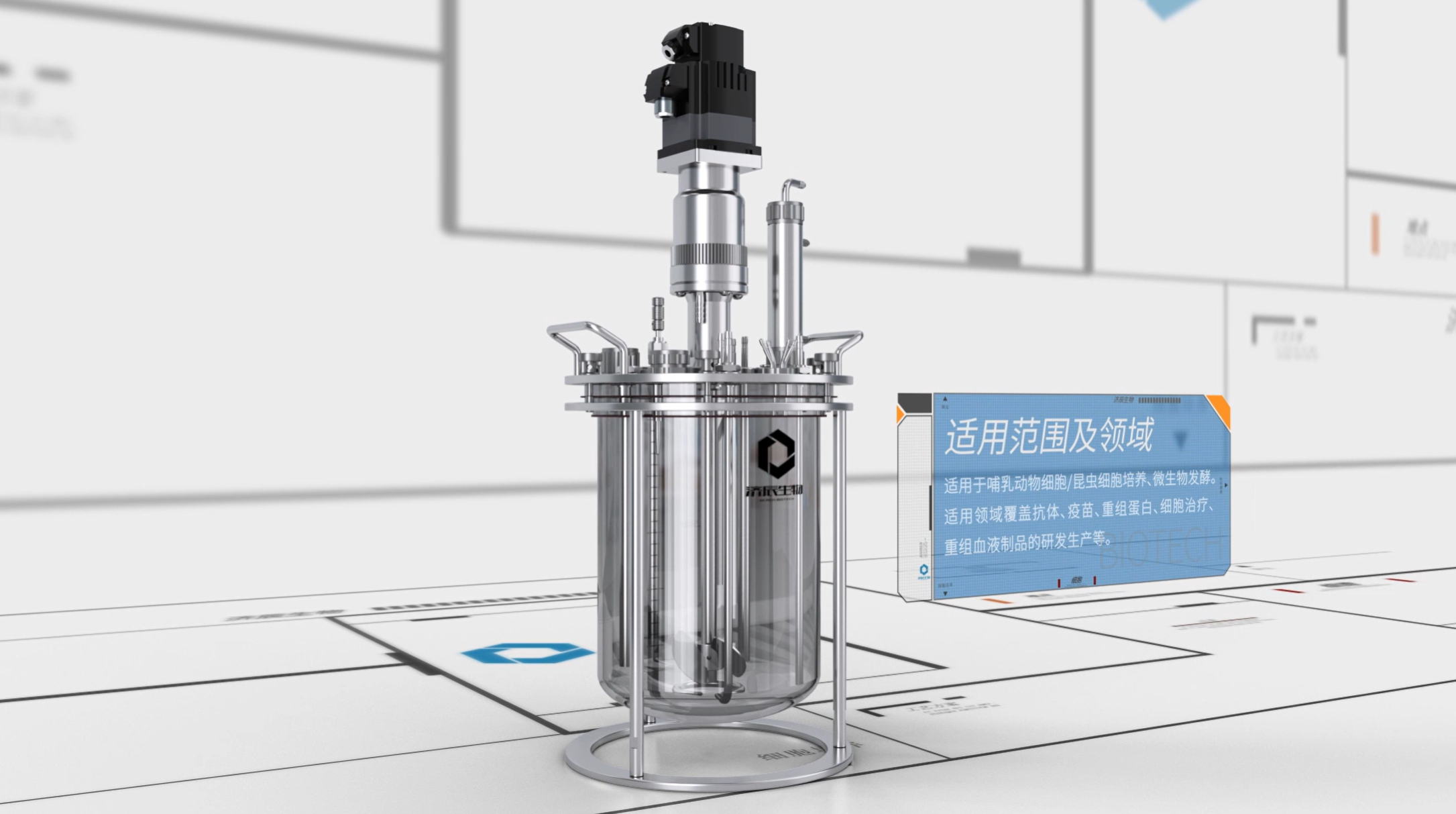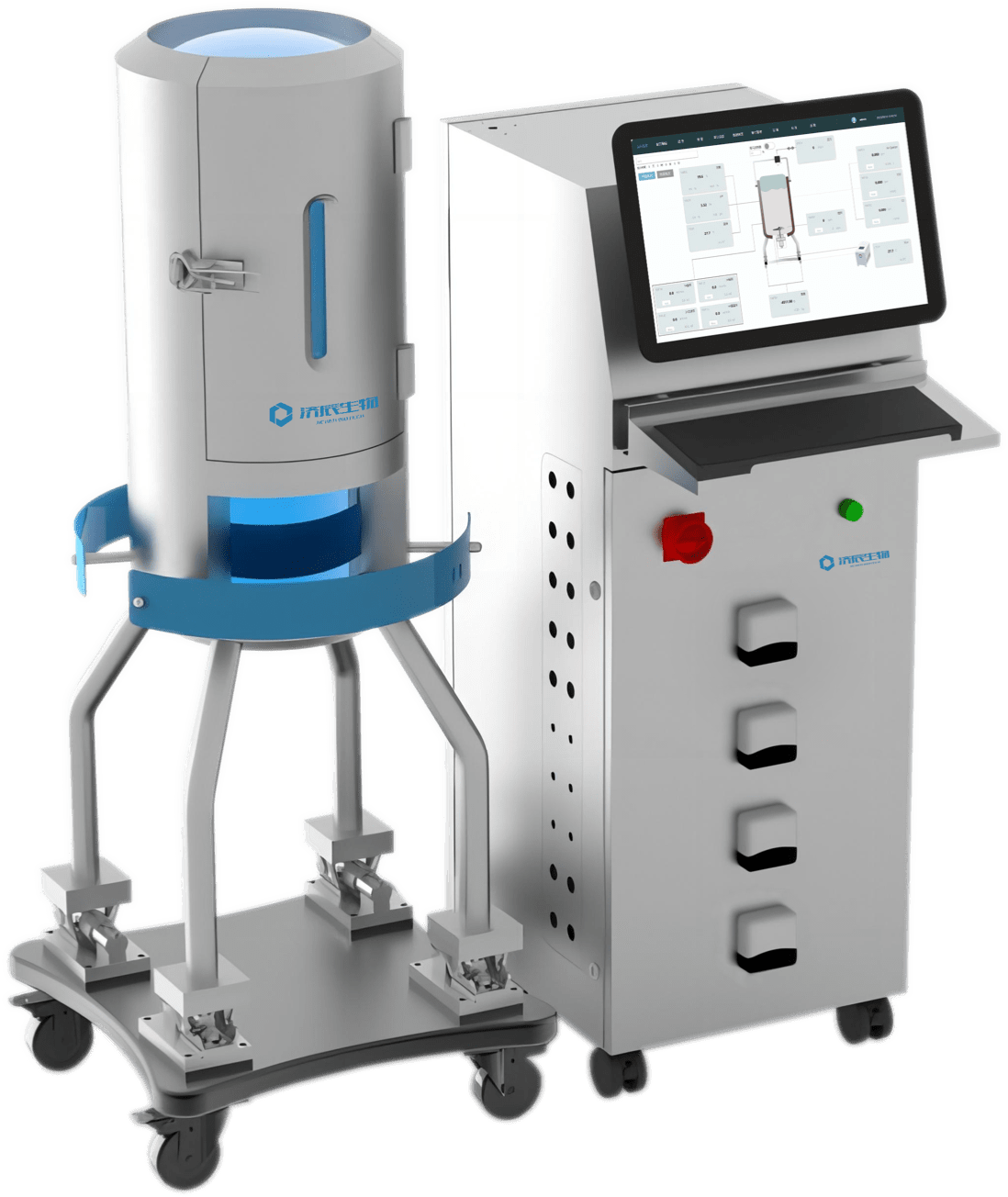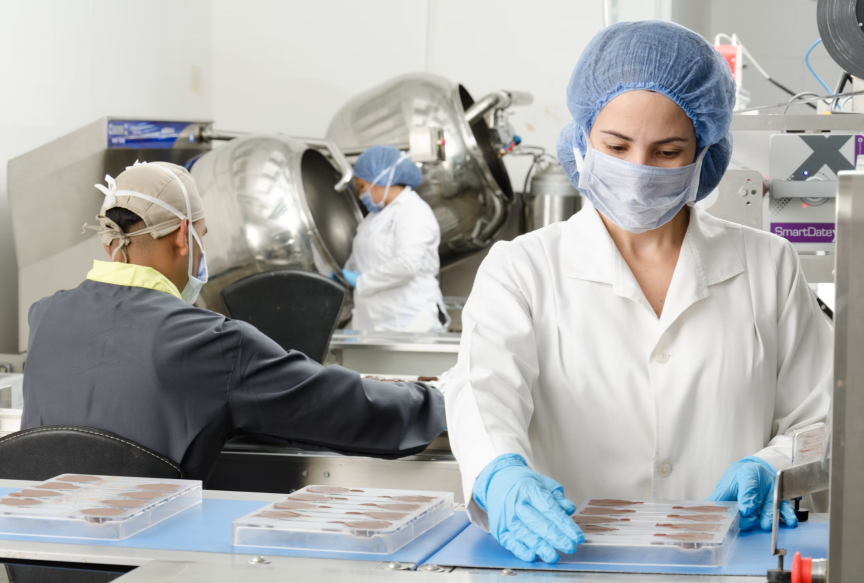The production of biopharmaceuticals has gained significant attention in recent years due to their effectiveness in treating various diseases. The transition from laboratory-scale to commercial-scale bioreactors is a crucial step in the biopharmaceutical manufacturing process. This article provides a detailed overview of the challenges, strategies, and considerations involved in scaling up bioreactors for biopharmaceutical production.
- IntroductionBiopharmaceuticals, also known as biologics, are therapeutic proteins, antibodies, vaccines, and other medicinal products derived from living organisms. The global market for biopharmaceuticals has been growing steadily, driven by their efficacy and targeted action. The production of biopharmaceuticals involves complex biological processes that require precise control of various parameters. Scaling up these processes from laboratory to commercial scale presents several challenges, which must be addressed to ensure successful production.
- Challenges in Laboratory-to-Commercial Bioreactor Scaling2.1 Inadequate mixingMixing is a critical factor in bioreactors, as it ensures uniform distribution of nutrients, oxygen, and temperature throughout the culture. Laboratory-scale bioreactors often have efficient mixing systems, but scaling up can lead to inadequate mixing, affecting cell growth and product yield.
2.2 Oxygen transfer limitationsOxygen transfer is essential for cell metabolism and growth. As the bioreactor size increases, the oxygen transfer rate (OTR) decreases, potentially limiting cell productivity. Ensuring sufficient oxygen supply at commercial scale is a significant challenge.
2.3 Heat transfer constraintsHeat transfer is crucial for maintaining optimal temperature conditions in bioreactors. Scaling up can result in heat transfer limitations, causing temperature gradients within the bioreactor and affecting cell growth.
2.4 Scale-dependent process parametersProcess parameters such as pH, dissolved oxygen, and agitation rate can vary with scale. Adjusting these parameters to maintain optimal conditions at commercial scale is a complex task.
- Strategies for Successful Scaling3.1 Scale-down modelingScale-down modeling involves conducting experiments at a smaller scale that replicates the hydrodynamic and mass transfer conditions of the commercial-scale bioreactor. This approach helps identify potential issues and optimize process parameters before scaling up.
3.2 Design of experiments (DoE)DoE is a statistical method used to study the relationship between process variables and output parameters. Applying DoE techniques during the scaling process can help optimize process conditions and minimize risks.
3.3 Use of computational fluid dynamics (CFD)CFD simulations can predict flow patterns, mixing, and heat transfer in bioreactors. Utilizing CFD can aid in the design of scaled-up bioreactors and optimize process conditions.
3.4 Equipment selection and optimizationChoosing the appropriate bioreactor design, agitation system, and sparging mechanism is crucial for successful scaling. Optimizing these components can help address mixing, oxygen transfer, and heat transfer challenges.
- Considerations for Laboratory-to-Commercial Bioreactor Scaling4.1 Process intensificationProcess intensification techniques, such as perfusion culture, tangential flow filtration, and inline product separation, can enhance productivity and reduce manufacturing costs at commercial scale.
4.2 Control system designA well-designed control system is essential for maintaining optimal process conditions during scaling. Advanced control algorithms and sensors can help achieve precise control of process parameters.
4.3 Regulatory complianceEnsuring regulatory compliance is crucial for biopharmaceutical production. Scalability studies should be conducted in accordance with regulatory guidelines to facilitate smooth approval processes.
- ConclusionLaboratory-to-commercial bioreactor scaling for biopharmaceutical production is a complex and challenging process. Addressing issues related to mixing, oxygen transfer, heat transfer, and scale-dependent process parameters is essential for successful scaling. Utilizing scale-down modeling, DoE, CFD, and process intensification techniques can help optimize process conditions and improve product quality. Ultimately, a comprehensive approach that considers equipment selection, control system design, and regulatory compliance will facilitate the seamless transition from laboratory to commercial-scale biopharmaceutical production.
